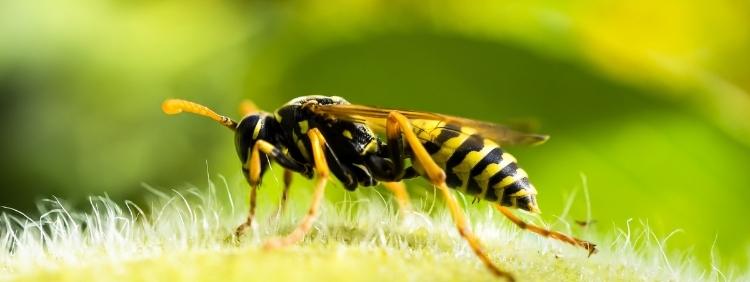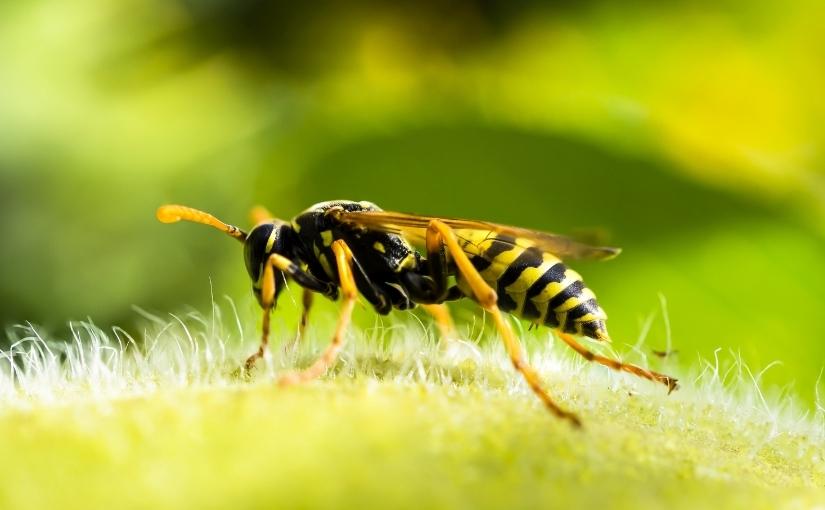
The return of warm weather in the spring is often highly anticipated following months of winter cold. People look forward to wearing light clothing and returning to water sports and other outdoor activities that would not have been possible under frigid conditions. However, not all the consequences of spring’s return are so welcome. It is during this time that many insect species become active again, meaning that you may have a need for wasp removal. Learn more about the wasp’s life cycle and why they may become more active in the spring.
What Do Wasps Do in the Winter?
As the weather turns colder, most of the colony dies off. Queens mate one last time before the season is over and then seek out areas that are protected from the cold in which to hibernate until spring. Not all of them survive; they may be eaten by predators such as spiders or starve to death before spring comes. Those that do survive the winter emerge in the spring and start looking for areas to build a new nest.
Where Do Wasps Build Nests in the Spring?
Wasps look for nesting sites that are inaccessible to potential predators. In the wild, this typically means up in trees, but they may also build nests in outbuildings, such as sheds or garages, as well as on high overhangs, roof eaves, or loft spaces. Sometimes they crawl into holes or openings in the structure and build their nests in there to provide more protection. This is a particularly hazardous situation for you and your family because you may not notice that the wasp nest is there as the outer appearance of the structure remains unchanged. The only clue that there may be a wasp nest there may be that you see the insects flying in and out frequently.
If you have wasp nests leftover from last season, you do not need to worry about the insects returning to it. The nests are only used once and then abandoned once the colony dies off. The same queen will not return to the same site to build another nest. However, if you have a good nesting site on your property, a different queen may decide to build a new nest there or nearby.
How Do You Know if You Have an Active Wasp Nest?
If you see a wasp nest on your property, observe it for a while from a safe distance. If you see insects hovering around it and flying in and out, it is an active wasp nest. You should not leave it up, but you should also not try to remove it yourself or you could get stung. Professional pest control in Guelph is the place to turn in this scenario.
Early in the spring, wasp nests are very small. The queen builds the bare minimum required to lay the first generation of eggs. Once those larvae mature, the workers take over responsibility for building on the nest, and the queen concentrates all her time on breeding and laying more eggs. As more eggs hatch, the population of the colony grows. This means that more space is needed, but it also means that more workers are available to keep making it larger. By the end of the season, a single nest may reach the size of a basketball and have a population of thousands.
Most species of wasps make nests out of tree bark or wood that they chew up and soften to use as a building material. As a result, wasp nests typically have a gray, papery appearance. Of course, there are also wasp nests that you don’t see because they are built-in holes in walls, roofs, or sidewalks, but you may notice the insects flying in and out of them.
Why Should You Call Truly Nolen for Wasp Removal?
There are 500 different wasp species that live in Canada. Our technicians are trained to identify them and determine an effective treatment plan for each. Find out more about the solutions we offer for wasps.
